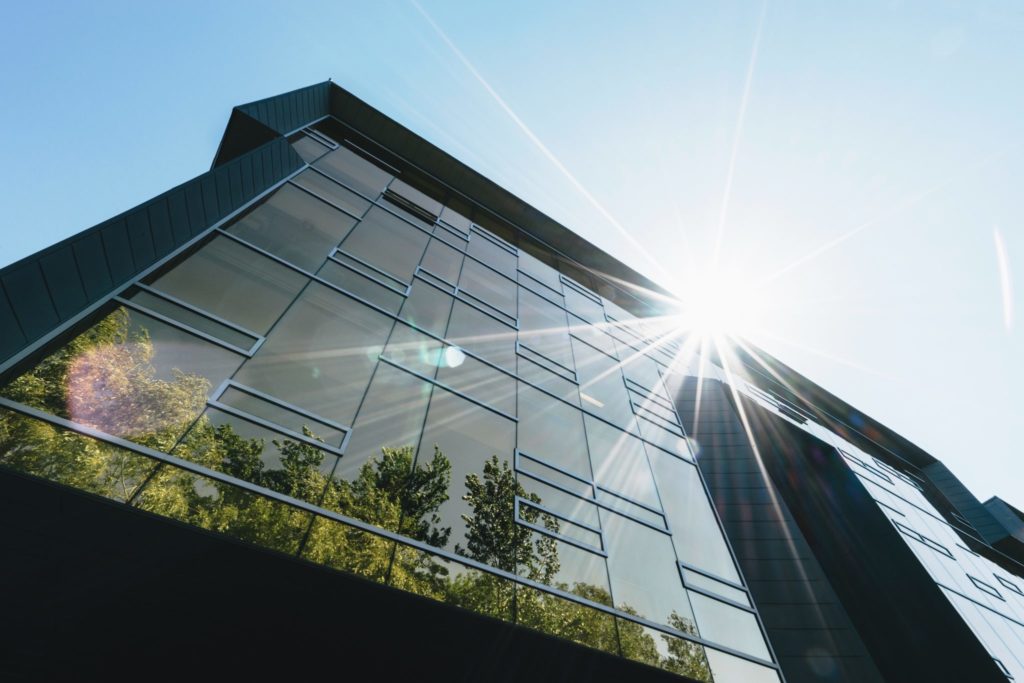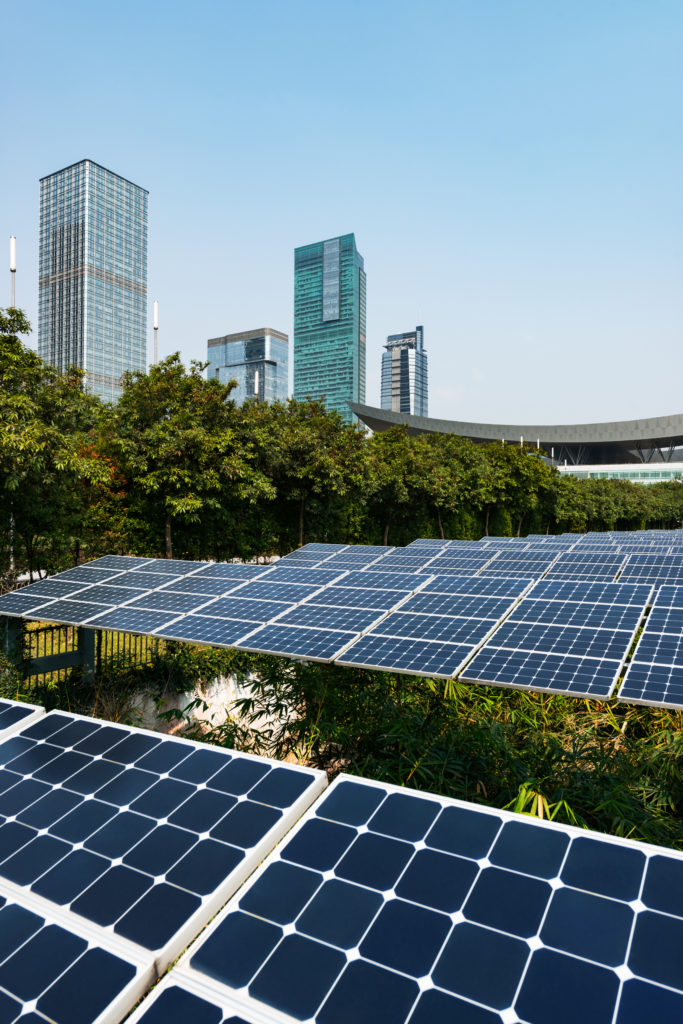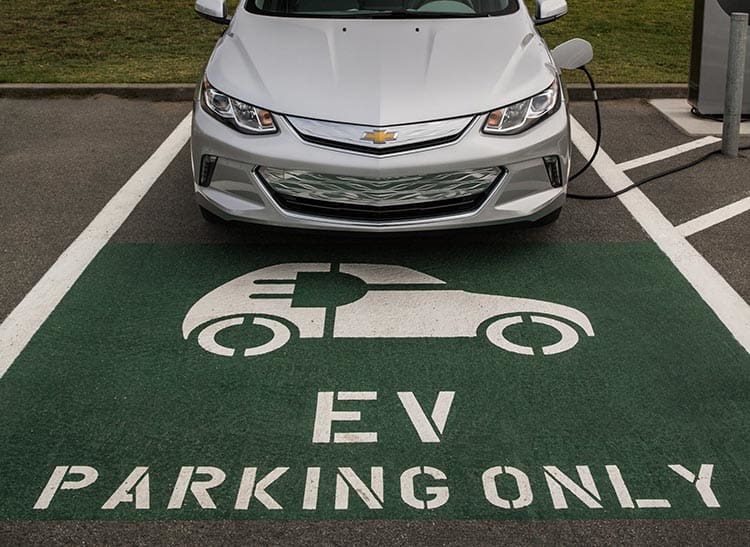The California Energy Commission recently adopted the 2022 Energy Code. This latest iteration of codes is the strongest California has seen to date. At ID360 we have a 10 year history of supporting jurisdictions building on these statewide codes with energy reach codes. First, with reach code policy design. Then implementation. And finally, through measurement. Successful climate action planning and implementation requires a 360 degree approach! However, we understand the process can be confusing. Allow us to break down the 2022 California Energy Code for you into the basics of who, what, when, where and why.

Who:
The energy codes are developed by the California Energy Commission. They work with many key stakeholders, including the public. They also rely on data, robust industry research and cost-effectiveness.
What:
The energy codes are a set of standards specifying how buildings must be constructed or perform to save energy cost effectively and reduce emissions throughout the state.
The 2022 set of codes specifically address:
- Expanding solar and battery storage standards;
- Adopting electric-ready requirements for single-family homes;
- Encourage electric heat pump technology for space and water heating.
When:
The codes update every three years. The 2022 Energy Codes will take effect January 1, 2023.
Where:
The codes apply to any structures within the state of California. Many local jurisdictions will create their own set of standards that go above and beyond the state’s standards. These are called “energy reach codes”. At ID360 we have worked with many cities to develop and implement energy reach codes.
Why:
Sustainability and a better, healthier planet! California has set a goal of carbon neutrality by 2045. Climate action planning requires many strategies and building electrification is at the top of that priority list. To learn more about local energy code design, implementation or measurement contact us today.

